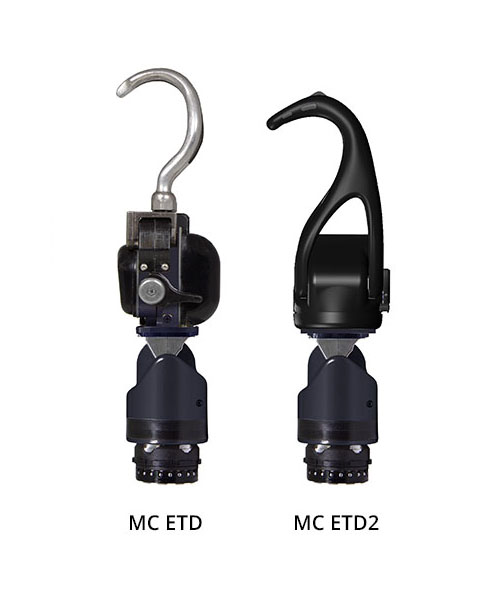Client: Fillauer


The hook form geometric attributes frequently used in ETD (Electronic Terminal Device) prosthetics are defined by functional requirements. However, this device can be perceived as a weapon due to the hook form unnatural look and silver metal material which can hinder social interactions for the end user. Fillauer approached Espiritu to solve this problem and redefine the ETD.
Driving the functional requirements into an aesthetically pleasing mechanical solution is challenging. The new form factor not only needs to house the required mechanics but also incorporate functional improvements such as a waterproof system to enable improved maintenance and access for service. Within the redesigned fingers are specific recesses and protrusions that accommodate a wider range of pushing and gripping actions to mimic a biological hand. The new ETD2 design language incorporates accelerating curves, smooth transitional elements between geometric functional features, and a color value that is subdued for uniformity to alleviate commonality between the ETD2 and customary workshop tools.
It is critical to evoke a sense of belonging for the end users as prosthetics are visible and uncommon. The new ETD2 challenges industry convention by defining an aesthetic and mechanical solution that accommodates for both the device use requirements and the users’ experiences.
• Usability Research
• User Interface Design
• Industrial Design